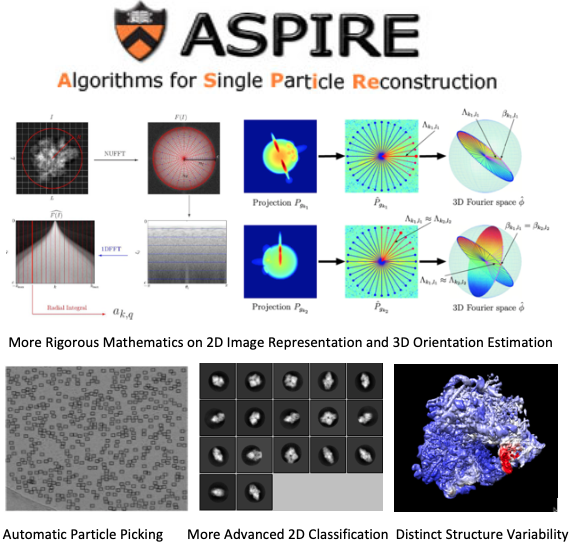Background on APPLE-Picker
APPLE-Picker is a submodule of ASPIRE Python package in development for reconstructing a 3D CryoEM map of biomolecule from corresponding 2D particle images, developed by the researchers in Professor Amit Singer’s group. It is an automatic tool to select millions of particles from thousands of micrographs, a critical step in the pipeline of CryoEM image reconstruction. It used to be performed manually but can be very tedious and difficult especially for small particles with low contrast (low signal-noise ratio). The CPU version takes ~80 seconds on average to finish processing one micrograph. To achieve the goal of finishing thousands of micrographs in a few minutes, we need an alternative method, such as GPU accelerating.
2019 Princeton GPU Hackathon
Princeton university held its first GPU hackathon on campus this summer from June 24 to 28, organized and hosted by the Princeton Institute for Computational Science and Engineering (PICSciE), and co-sponsored by NVIDIA and the Oak Ridge Leadership Computing Facility (OLCF). The main goal of this Hackathon was to port research codes to GPUs or optimize them with the help of experts from industry, academia and national labs, as emphasized by Ian Cosden, one of lead organizers and manager of Princeton’s Research Software Engineering Group. This blog reports our attempts and the story behind accelerating APPLE-Picker using GPU and parallel computing in Python.
Continue reading
